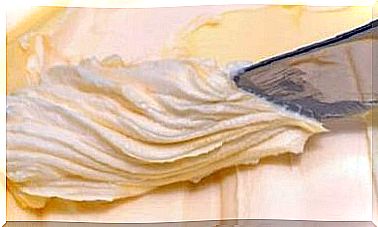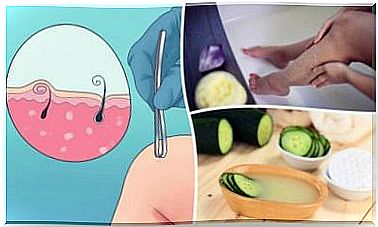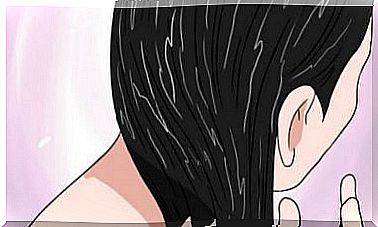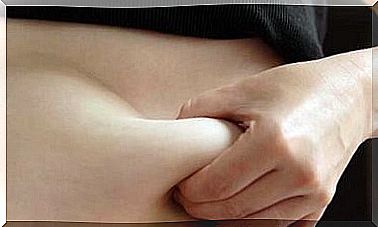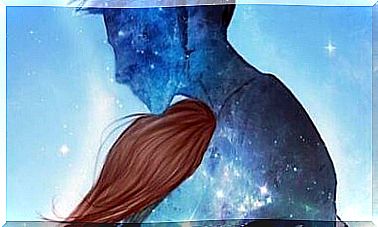Plantar Wart Features And Available Treatments
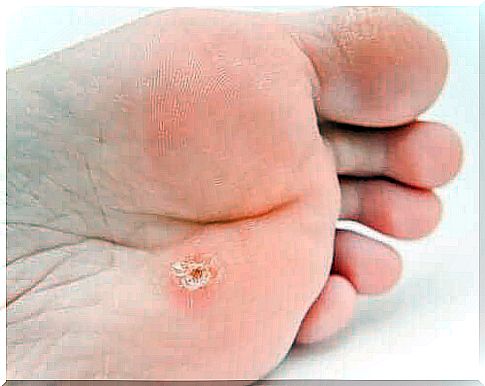
In today’s article, we will present the features of plantar warts and the most useful treatments against them.
Plantar warts are based on a viral infection caused by direct contact with the human papilloma virus. This microorganism affects the first two layers of the skin (dermis and epidermis), but is not able to penetrate into the deeper layers.
The term “papilloma” refers to the infection caused by this viral strain. When the affected area is the foot, the resulting growths are called plantar warts. They have various shapes and sizes and, depending on the size of the lesion, can persist for up to 8 months.
There are two types of plantar warts:
- Isolated warts, which can grow in size. Rarely, they will multiply, forming “satellites”.
- Mosaic warts, ie a group of several small warts that grow very close to each other. These are harder to treat than isolated warts.
Plantar wart features
Plantar warts tend to grow slowly and deeply. They can cause a number of symptoms such as:
- Thick and stiff fabric, which gives them a weft-like appearance;
- Pain while walking or standing;
- The appearance of small black spots on the surface of the wart, which represents the dry blood that remains in the capillaries.
Diagnosis of plantar warts

To determine if the patient has a plantar wart, the doctor will examine the affected foot. It will pinch the growth because plantar warts cause pain when pinched, but not if subjected to pressure. The presence of keratin can cause slight discomfort when pressed.
Another method of diagnosis is to cut the growth with a scalpel to check for small dark spots. At the same time, the dermatologist can remove part of the growth to perform a biopsy.
Treatments for plantar warts
Most plantar warts are harmless and disappear without treatment. But the healing process can take 1-2 years. However, many patients need to be treated repeatedly to remove plantar warts, and they may reappear.
In the following, we propose some treatments that you can use to get rid of plantar warts.
Exfoliation with salicylic acid
Salicylic acid treatments involve the gradual removal of wart layers. Moreover, they can increase the ability of the immune system to fight this problem.
Cryotherapy
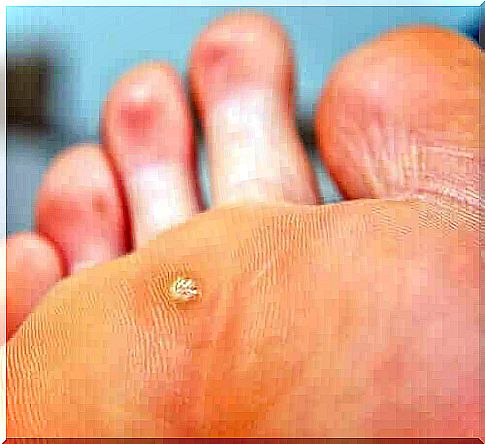
Cold therapy or cryotherapy is a form of treatment that is usually performed in a clinic. This consists of applying liquid nitrogen directly to the wart with a buffer or by spraying.
After application, a weft will form around the wart. Then the dead tissue can be removed after a week. Another advantage of cryotherapy is that it stimulates the immune system.
Most likely, the patient will have to repeat the treatment every two weeks until the wart disappears. Some studies suggest that cold therapy is more effective when combined with salicylic acid.
Surgery and other alternative treatments
If the above treatments do not work, your doctor may recommend one of the following procedures:
- Weekly application of trichloroacetic acid with a wooden tongue depressor. This procedure can be alternated with salicylic acid treatment. A possible side effect is the appearance of itching.
- A minor surgery, which consists in cutting the wart and destroying it with an electric needle. This procedure is called curettage or electrodeaching. Remember that this treatment leaves scars and is not used unless all other measures are effective.
- Laser treatment, which consists in burning small closed vessels with the help of a pulsed laser. Over time, the infected tissue dies and the wart falls off. This treatment should be repeated every 2-3 weeks. The procedure itself is painful and can leave scars.
As a complementary measure to prevent the discomfort that can occur when the plantar wart is under pressure, you can wear shoes with padded soles. In addition, avoid tight and uncomfortable shoes and opt for those with soles that offer enough support.
